In this article, you will learn the calibration procedure of weight using the ABBA method.
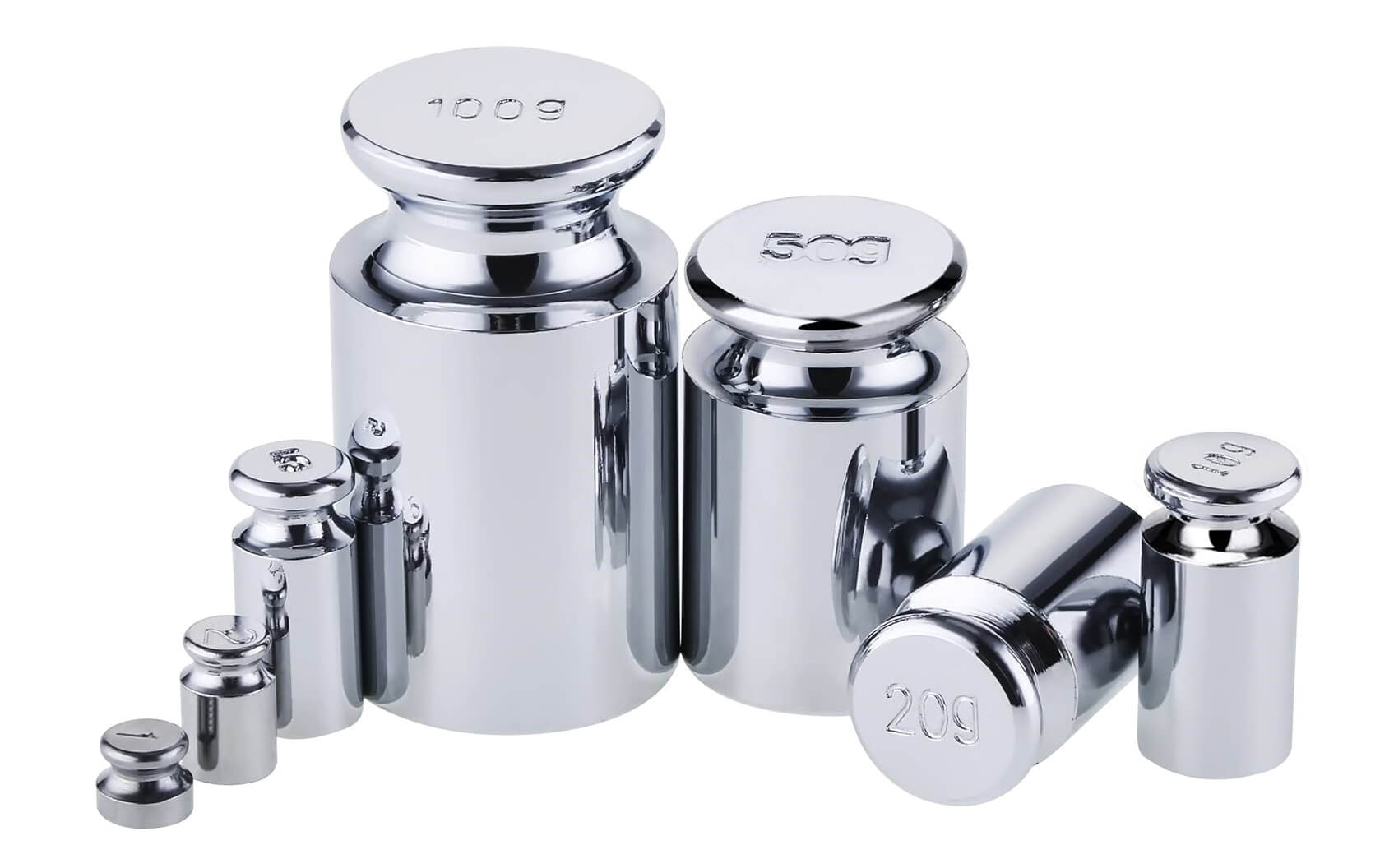
Where A is Standard Weight and B is UUC weight (UUC is Unit Under Calibration)
Select an appropriate standard weight for calibration of UUC Weights.
i.e one class higher standard weight is required for UUC weight Calibration.
For F1 class calibration of weights, E2 class weight is required as standard weight
Calibration of Weight using the ABBA Method
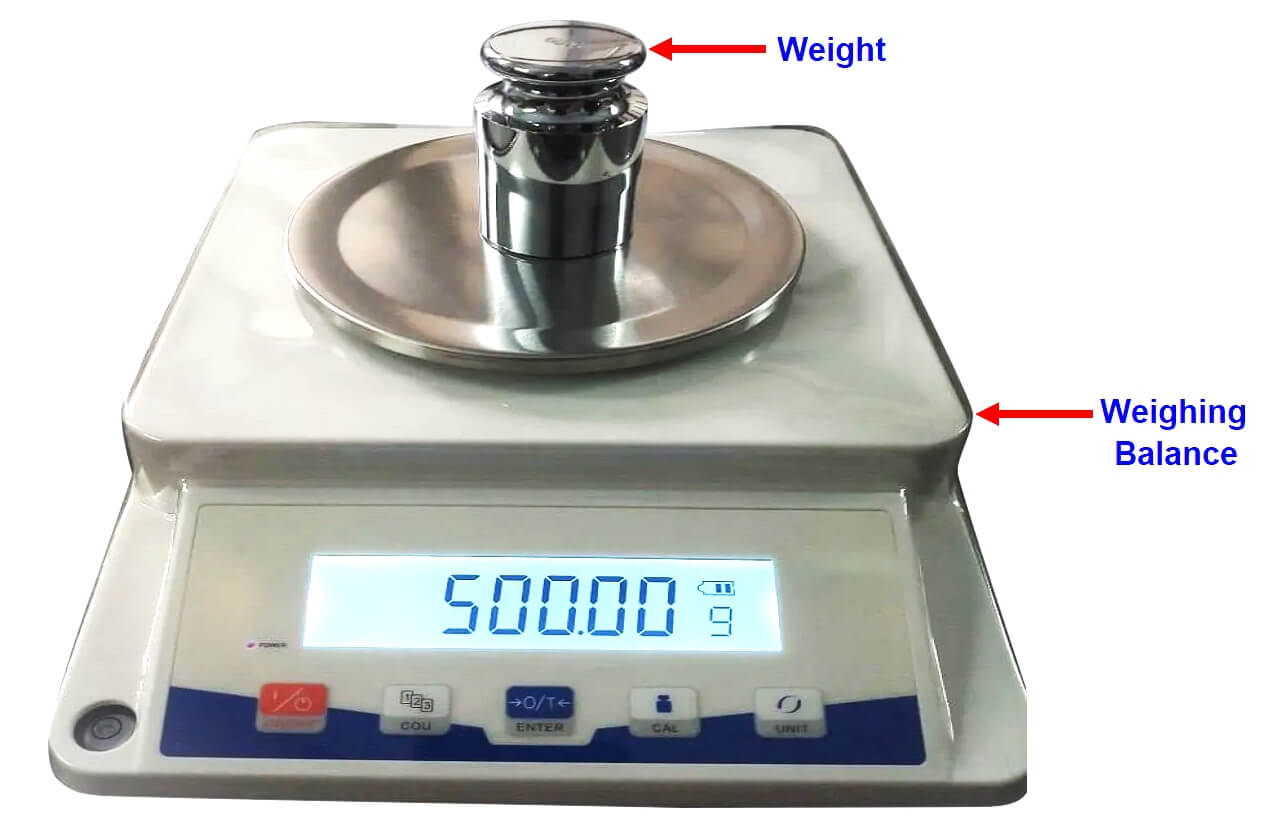
- Keep Standard weight A on weighing Balance and note down the reading.
- Keep UUC Weight B on weighing Balance and note down the reading. Remove weight from the weighing balance.
- Again, Keep UUC Weight B on weighing Balance and note down the reading.
- Keep Standard weight A on weighing Balance and note down the reading.
This completes one set of reading.
ABA Method and AB1…..BnA are similar Methods.
ABBA Standard ______ UUC ______ UUC ______ Standard
ABA Standard ______ UUC ______ Standard
AB1…..BnA Standard ______ UUC ______ UUC ______ UUC (n times) ______ Standard
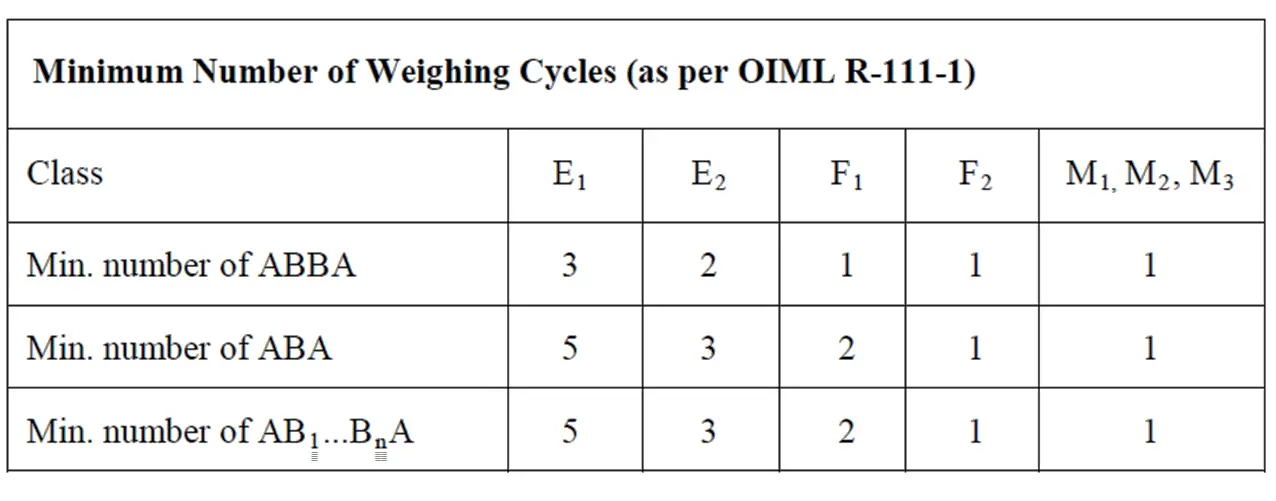
The equation for Determination of Conventional Mass
mct = mcr(1+C)+Δmw
Where
mct is the Conventional mass of test weight
mcr is the Conventional mass of reference weight
C is the Buoyancy correction factor
Δmw is the difference in weight by the ABBA method
For the same material weight with the same density, the Buoyancy correction factor is Zero.
ΔM is calculated as follows for ABBA Method
Let’s consider ABBA as A1B1B2A2
ΔM = [(B1-A1) +(B2-A2)] /2
A1 = first reading of reference weight
B1 = first reading of test weight
B2 = second reading of test weight
A2 = second reading of reference weight
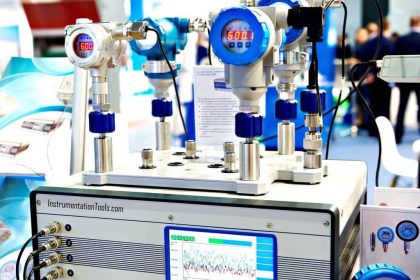
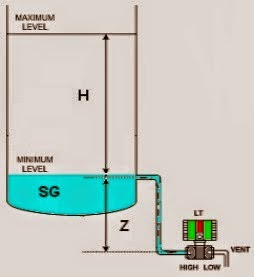
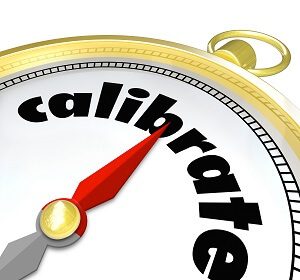
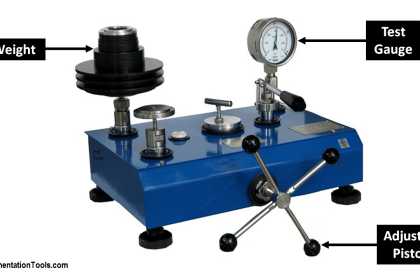
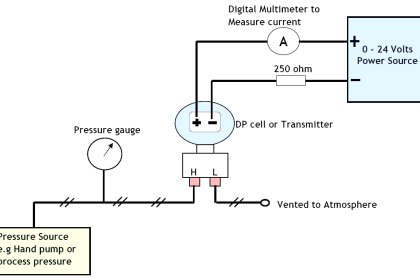
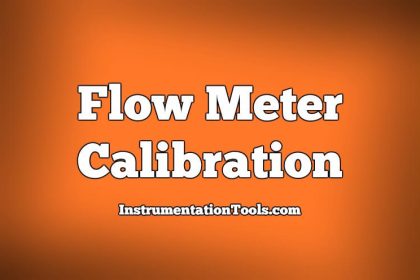
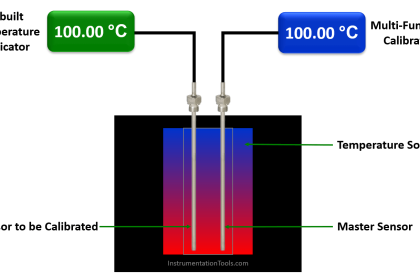
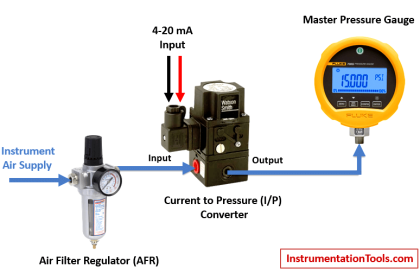

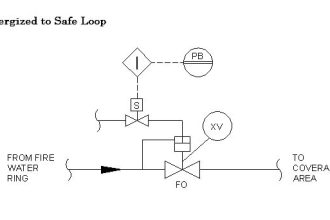

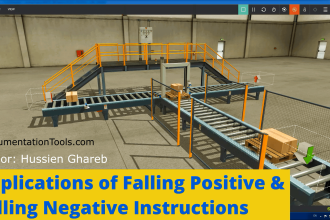

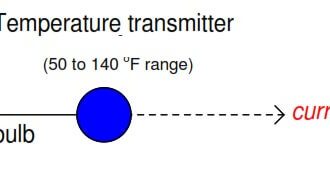
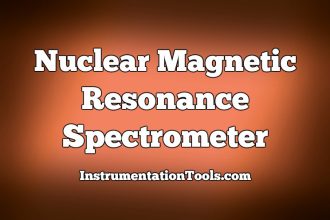
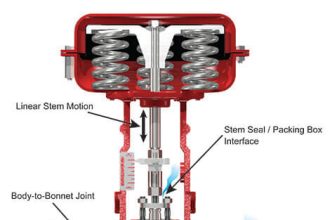

Your articles are very useful and especially the uncertainty of the pressure gauge is awesome. you are explaining clearly step by step.. is there any possibility of uploading the linear instruments uncertainty budget kindly upload it.